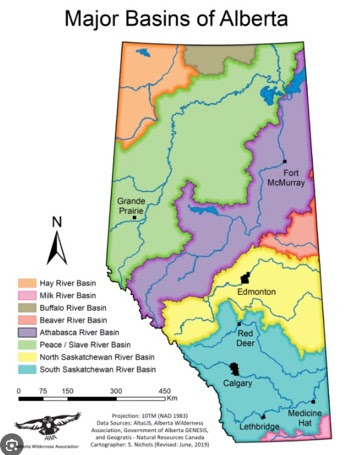Evan Ritchie was our guest instructor on the last fly tying session of 2016/17 season. Evan brought three great flies to share with us before we head out on the rivers, streams and lakes. Evan fishes a lot in the southern part of our province and has favourite places he returns to every year. Evan shared a Caddis fly pattern by Roman Moses, a Tom's Green and a Grizzly Sledge Hammer.
Tom's Green
Hook: Mustad 37160, #10
Thread: Green, 8/0
Tail: White Ostrich Herl
Rib: Fine Gold Wire
Abdomen: Olive light bright dubbing
Thorax: Green light bright dubbing
Wing Case: Tan Rayon
Hackle: Emu, palmered over thorax
Head: Green Flashabou thread
Caddis Fly (Roman Moses), Balloon Caddis
Hook: Standard Dry Fly sizes 12-16
Body: Antron dubbing, colour to match your caddis flies (green, tan)
Wing: Deer hair
Head: Foam
The Grizzly Sledge Hammer (Hans Weilenmann)
Hook: TMC 2487 #8-14
Thread: Black, 6/0 or 8/0
Ribbing: Fine dark copper wire
Wing Post: White calf body hair
Thorax: Peacock herl
Evan shared a great trick with the group. Instead of using dubbing wax, Evan uses mouse glue traps. In Evan's left hand you can see two small pieces of the glue trap placed glue sides together. If you peel the pieces slightly apart, you can run this up and down your tying thread to secure dubbing to it. This works very well and I use it extensively on some flies. It makes the dubbing process quick, efficient and gives the tyer the ability to adjust dubbing amounts very effectively.
The Caddis fly we tied used foam from the Dollar Store. This foam was purchased at a local store and cut to size. A life time supply of colours can be purchased for $1.00 per colour.
The raffia had a nice sheen to it and was quite plyable so it tied in really nicely.
Thank you to Evan for a great session. It was an awesome way to end our tying season.
As this was the last session for the year and we are all headed out on the water to use the flies we have tied, we would like to thank all of the fly tyers who presented this year. We learn so much from one another and it is wonderful to see new presenters each year.
Please continue to let us know what adventures you are having by sending stories and pictures through the fishing season and we will post them here on the blog as they come in. It is a way for all of us to keep in touch throughout the spring, summer and fall until it is time to get out the vices again for the next year of tying.
All the best for the fishing season!





























































